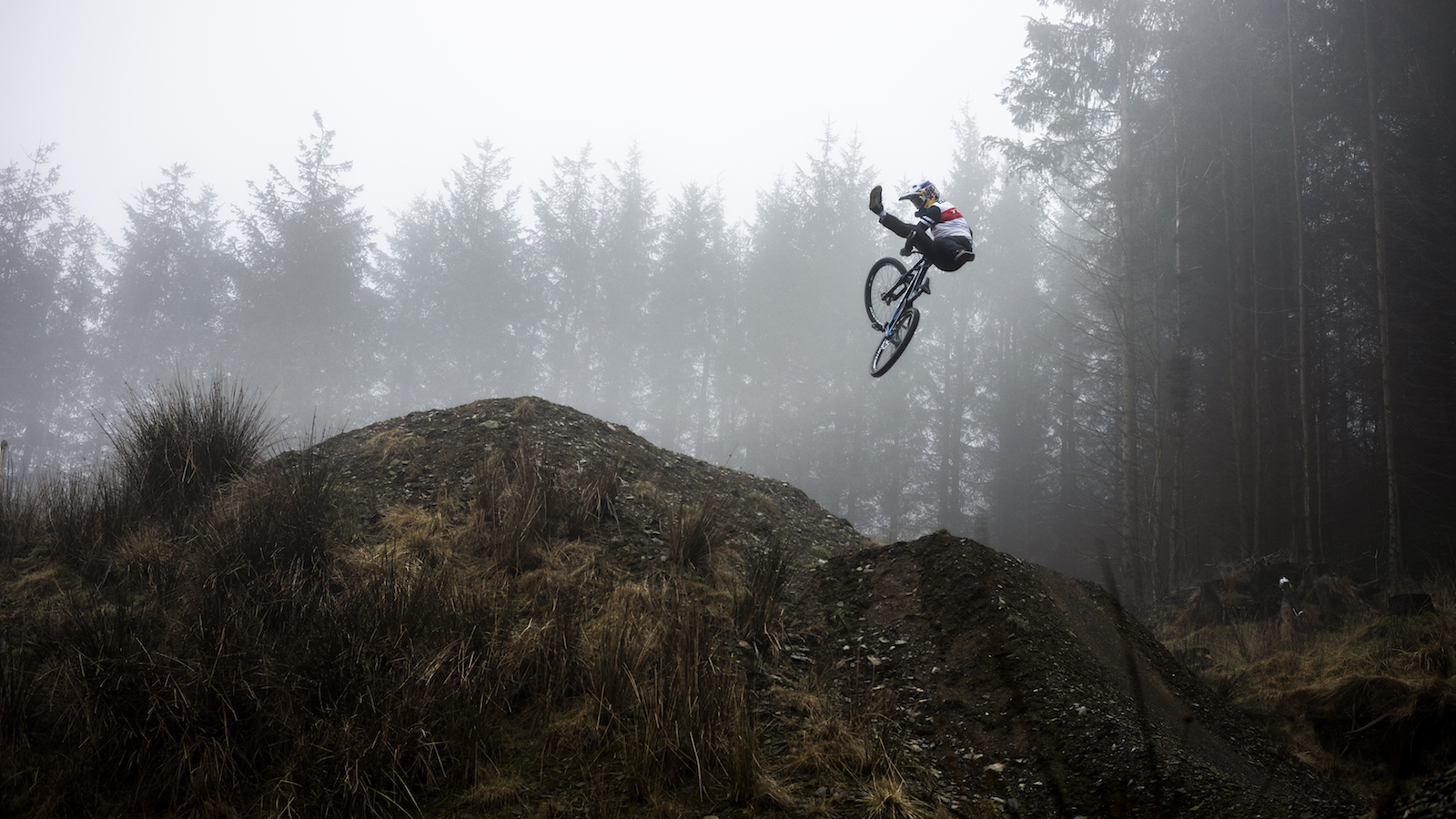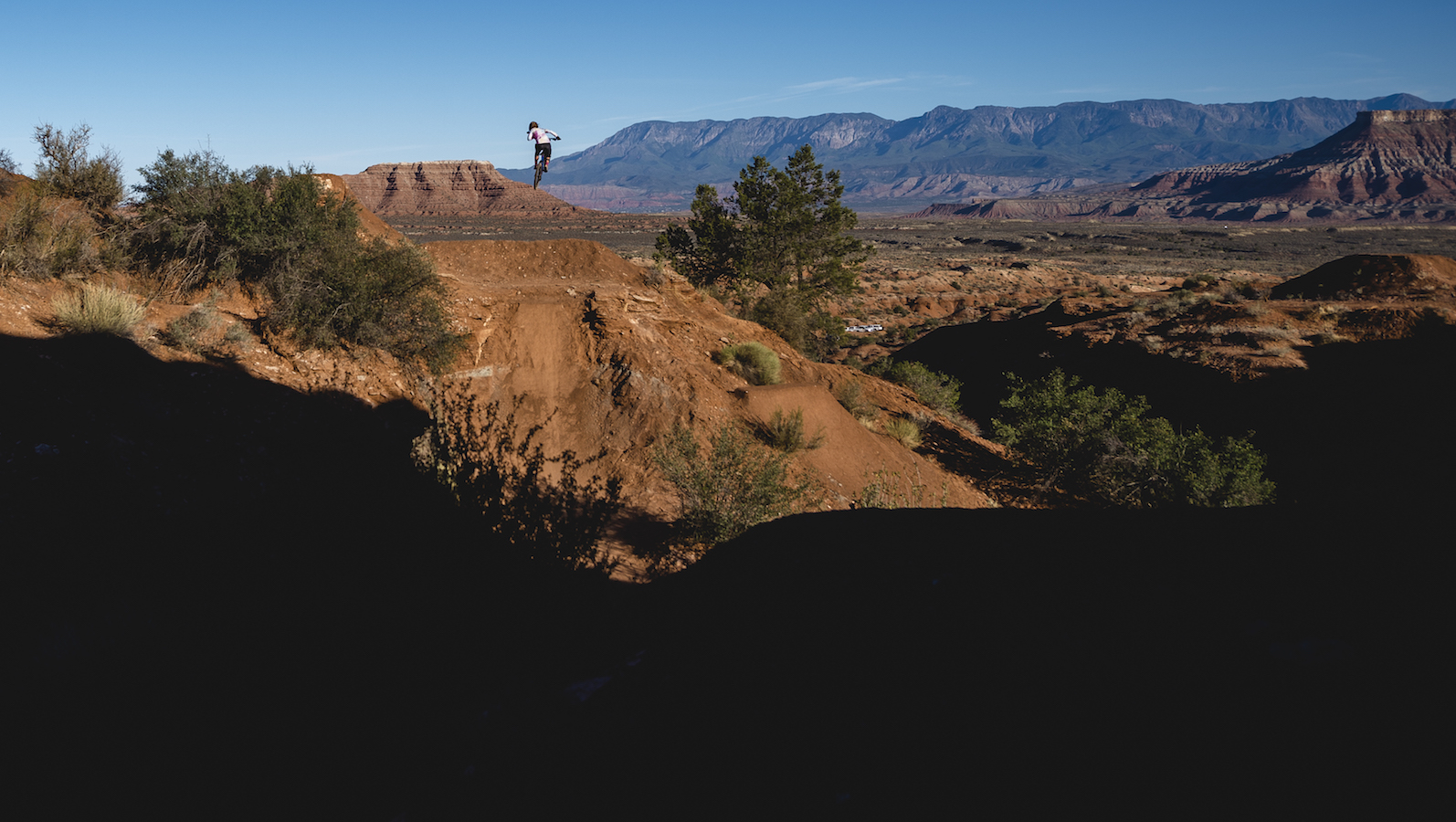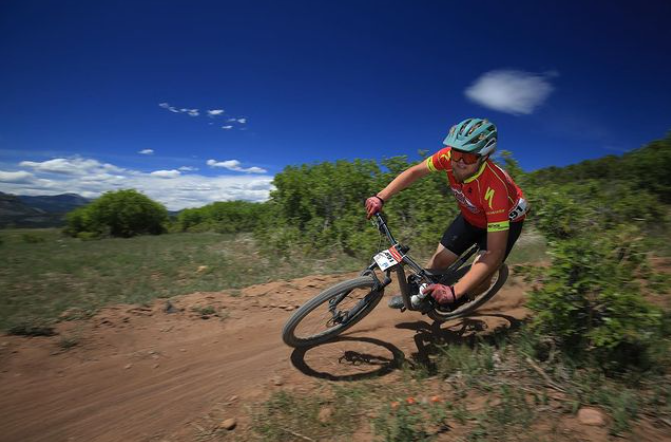Gravity mountain biking: everything you need to know
What goes up must come down. Gravity mountain bikers ride for the adrenaline rush of going downhill

What goes up must come down. That's basically the law of gravity, and gravity is what mountain bikers depend on to have a great time when heading downhill. 'Gravity' is also a term that describes a category of mountain biking.
What is gravity mountain biking, and how is it different from downhill? After all, downhill riding is pretty self-explanatory. The term gravity is a bit broader than simply downhill riding. It can be used to describe any type of mountain biking that is mostly focused on using gravity to propel you downhill, from enduro all the way to freeride.
Obviously, one of the main types of gravity mountain biking is downhill riding. Downhill riders seek out the gnarliest terrain and are often shuttled to the top of the hill via a vehicle or chair lift. To go deeper into the adrenaline-filled sport of downhill mountain biking, check out our in-depth guide:
Downhill mountain biking: everything you need to know
Even enduro riding can be considered gravity. Enduro riding stems from enduro racing, where riders tackle long, hilly courses, but are only timed on certain descents. There are multiple timed downhill stages, which are all added up, and the rider with the fastest time across all of them wins.
How enduro racers get to the top of the hill can vary. Some races are all reliant on pedal power while others use chair lifts, and some use a hybrid of pedaling and shuttles. Because enduro has such an emphasis on the downhill, we'd consider it to fit into gravity mountain biking, even though it still requires an impeccable amount of fitness still.
Freeride mountain biking is also a form of gravity mountain biking. Freeride ranges the gamut from big mountain freeride like Red Bull Rampage to slopestyle events or simply riding jumps with your friends.
Some more old-school examples of gravity racing events are four cross and dual-slalom.

The equipment
The equipment used for gravity riding is very similar to that of downhill riding. Downhill bikes are designed for high-speed and big compressions, so they feature large amounts of suspension travel, usually around 200mm both in the front and rear.
Geometry on these bikes is long, low, and slack, and manufacturers are pretty much all moving toward 29-inch wheels or mullet setups. Freeriders prefer the smaller 27.5-inch wheels in order to throw their bikes around and do tricks.
Downhill riders and freeriders always use full-face mountain bike helmets for the most protection possible. Safety gear such as knee pads, elbow pads, back protectors, and even neck braces are also common pieces of safety equipment.
You don't need a full-on downhill bike to ride downhill or freeride, though. As we've written before, enduro bikes are getting extremely capable and versatile. The best enduro bikes can gobble up technical downhill tracks and handle jumps easily.
We'd probably throw dirt jump bikes into the gravity category as well. The best dirt jump bikes are hardtails designed to hit dirt jumps, skateparks, or street obstacles and do tricks.
The trails
In terms of trails, there are two main styles for gravity mountain biking: downhill trails and freeride trails. They are both designed to be challenging, featuring technical sections, drops and jumps. These trails will often be rated for expert-level riders, but if you go to a bike park then there will be beginner and intermediate trails that are great to learn on.
Downhill trails, or tracks, are more focused on technical features and are designed for speed and racing. Freeride trails are based more around jumps and airtime. Technical sections on these trails will feature rocks, roots, off-cambers, and sections where there are multiple lines. On expert-level trails, the jumps and drops may be big and mandatory.
One of the more famous examples of freeride, and gravity mountain biking in general, is the Red Bull Rampage contest. The competition brings top riders to the desert of Utah to ride huge, exposed ridgelines. Riders build their own lines in addition to incorporating jumps and drops that have already been build by organizers at the venue. Spend any time around the mountain bike scene, and you'll probably see images of Rampage. There is also a newly created concept for women freeriders called Red Bull Formation, featuring athletes like Casey Brown and Vaea Verbeeck.
A big element of freeride and gravity is film projects and movies. One rider who is almost iconic at this point is Brandom Semenuk. The Canadian is known for his video parts, and contest runs, and seamlessly blends elements of both big-mountain riding and slopestyle in an effortless fashion. He recently won the X Games Real MTB video contest, of which the videos are a good barometer of where the discipline is today.
Ryan Simonovich has been riding and racing for nearly a decade. He got his start as a cross-country mountain bike racer in California, where he cultivated his love for riding all types of bikes. Ryan eventually gravitated toward enduro and downhill racing but has also been found in the occasional road and cyclo-cross events. Today, he regularly rides the trails of Durango, Colorado, and is aiming to make a career out of chronicling the sport of cycling.
Rides: Santa Cruz Hightower, Specialized Tarmac SL4

